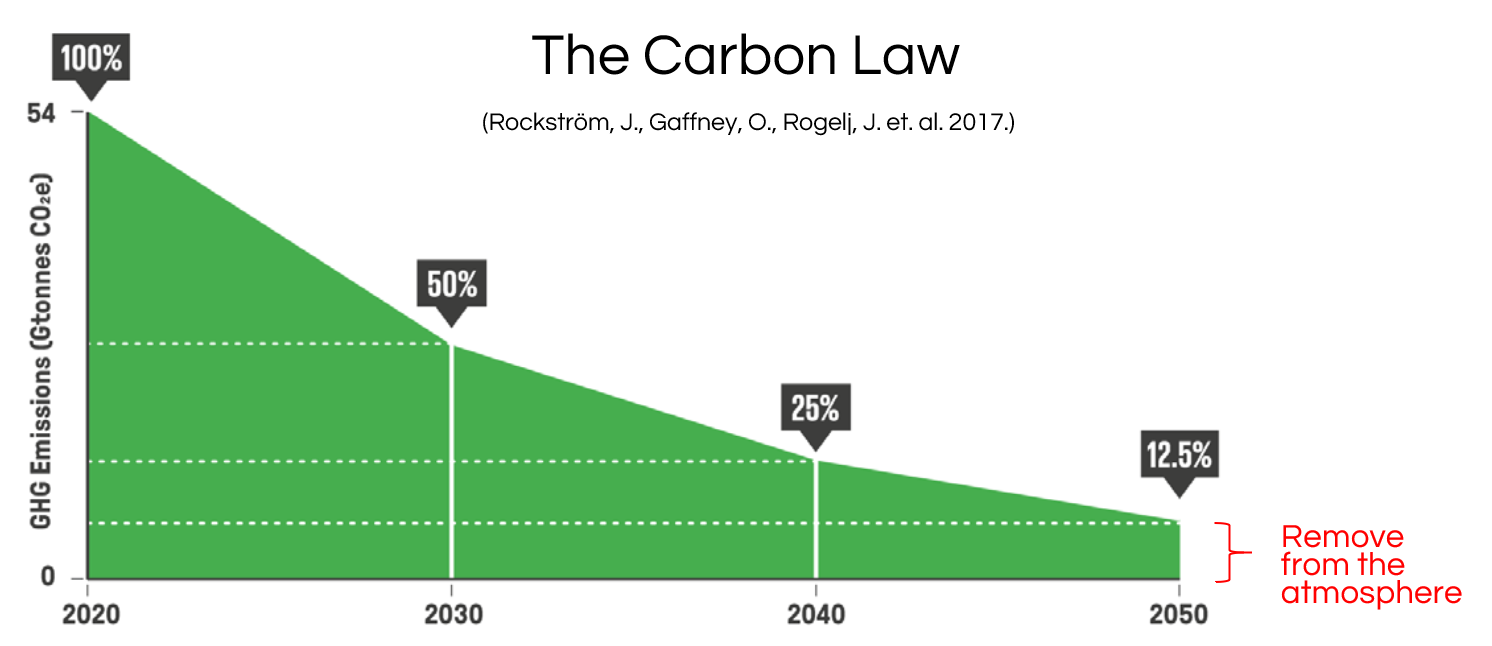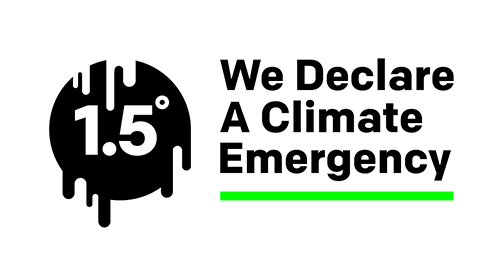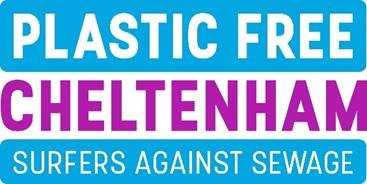Send a message 0333 344 5890 |
Why go for net zero?
What does net zero mean?
To prevent the consequences of climate change getting any worse than is already inevitable we need to limit global warming to 1.5°C. To do this we need to reduce our emissions of all greenhouse gases to zero by 2050 at the latest (these gases include carbon dioxide, methane, nitrous oxide and refrigerants).
Click here to read more information on global warming and the 1.5°C goal.
In reality we know that we will not be able to completely eradicate all our emissions, so we will need to also remove enough carbon dioxide or other greenhouse gases physically from the atmosphere to compensate for the emissions we cannot eliminate. This is the goal that almost all of the countries of the world signed up to in the Paris Agreement in 2015.
We call this goal “Net Zero” or to give it its full title “Net Zero Greenhouse Gas Emissions”.
Reduction vs compensation
At first glance net zero sounds very similar to carbon neutral, but there is one very big difference.
Carbon Neutral means compensating for the emissions we are creating NOW through offsetting.
Net Zero means we have eliminated all our emissions where it is feasible to do so THEN compensated for the emissions that remain.
What does this mean in practice for businesses? It is hard to be definitive. Whilst "all emissions that are feasible to eliminate" is a straightforward concept, in practice in can be hard to know how much reduction is enough. A simple, practical approach is to use the so called "Carbon Law" which says that we should aim to halve our greenhouse gas emissions every 10 years for the next 30 and then remove an amount of carbon dioxide equivalent to our remaining emissions from the atmosphere. This should be considered the minimum requirement, if a business can reduce its emissions even further than this then it should aim to do so.
An equivalent, scientifically valid approach, is known as the "science-based targets" approach. This is the one we use when working with our clients and it is explained here.

Removal vs avoidance
The other big difference between net zero and carbon neutral is the way in which businesses can offset the emissions they have not yet been able to reduce.
To be Carbon Neutral, a business can offset its emissions in one of 2 ways:
- By helping others to reduce their emissions, aiming to save as much carbon as the business is creating. Technically these are known as "avoided emissions". Most carbon credits that businesses use today fall into this category. OR
- By removing enough carbon dioxide (or some other greenhouse gas) from the atmosphere to compensate for the emissions the business is adding to it. There are both technical solutions for this (such as "Carbon Capture and Storage") and nature-based solutions (such as planting new trees where there were none before).
At Net Zero only carbon removals can be used for offsetting our remaining emissions (since the definition of net zero is that "all feasible reductions" have been made then it is clear we cannot offset by helping someone else reduce their emissions).
"Before the end of the decade, the NHS will no longer purchase from suppliers that do not meet or exceed our commitment to net zero"
- Delivering a ‘Net Zero’ National Health Service, Oct 2020
Why set a Net Zero target?
Setting a net zero target is optional, and there are several reasons why you might want to consider it:
1. It shows a long term commitment to the climate.
You are saying to your customers, employees, suppliers and shareholders that you are going to stick with this journey until the end.
2. It helps you take a long-term view.
3. Your customers may soon be demanding it.To make a credible net zero commitment you will need to create a roadmap that shows how you will get there and a detailed plan for the first 50% cut in your emissions.
As of April 2021, 60% of the FTSE100 companies have made net zero commitments, and this is growing all the time. Almost all the local authorities and publicly owned organisations in the UK, such as the NHS, have also made commitments to net zero. For them to achieve this, they will need their suppliers to make the same commitment. Some have already explicitly stated their intention to require their suppliers to commit to net zero and this looks set to become common-place in the next few years.
How can we help?
We have created our "Road to Net Zero" certification programme that will help you implement all the components of a meaningful Net Zero plan in a step-by-step manner.







